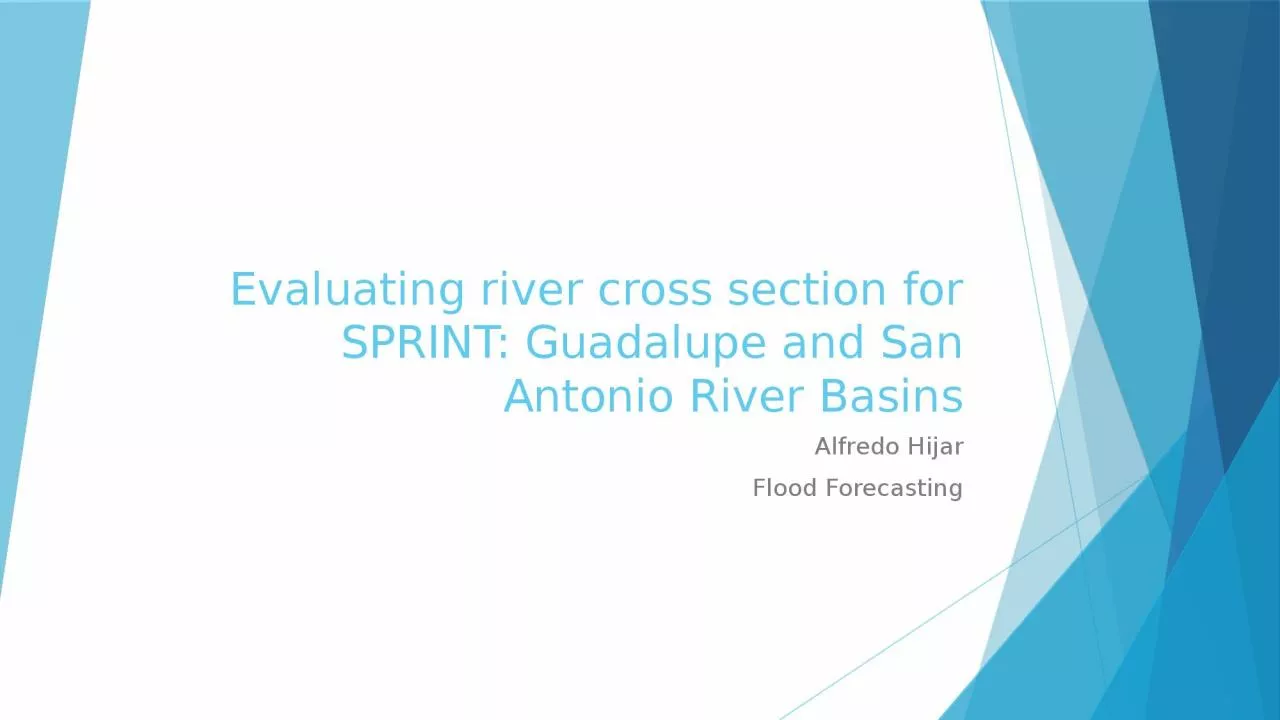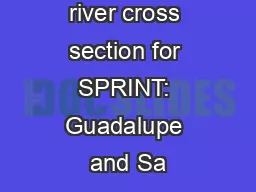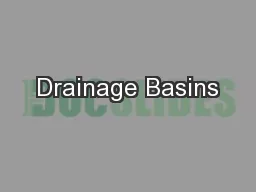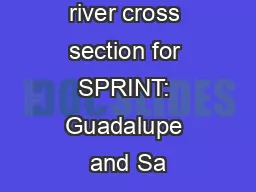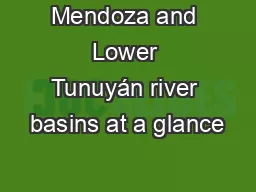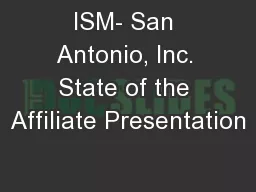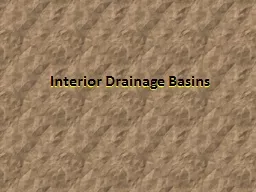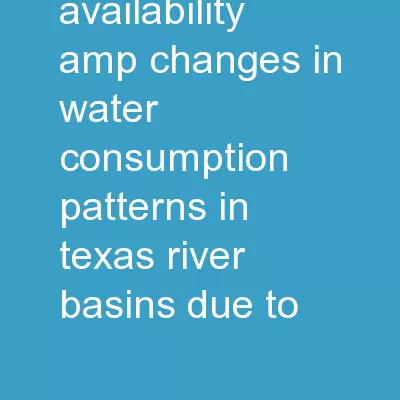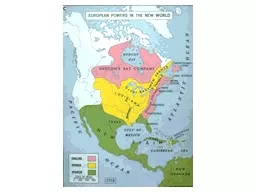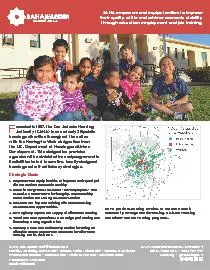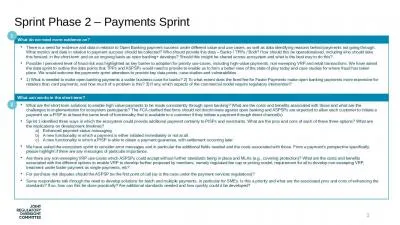PPT-Evaluating river cross section for SPRINT: Guadalupe and San Antonio River Basins
Author : SunnySeahorse | Published Date : 2022-07-28
Alfredo Hijar Flood Forecasting Outline Introduction Hydraulic geometry hydraulic routing models channel cross section extraction Reliable channel cross section
Presentation Embed Code
Download Presentation
Download Presentation The PPT/PDF document "Evaluating river cross section for SPRIN..." is the property of its rightful owner. Permission is granted to download and print the materials on this website for personal, non-commercial use only, and to display it on your personal computer provided you do not modify the materials and that you retain all copyright notices contained in the materials. By downloading content from our website, you accept the terms of this agreement.
Evaluating river cross section for SPRINT: Guadalupe and San Antonio River Basins: Transcript
Download Rules Of Document
"Evaluating river cross section for SPRINT: Guadalupe and San Antonio River Basins"The content belongs to its owner. You may download and print it for personal use, without modification, and keep all copyright notices. By downloading, you agree to these terms.
Related Documents

